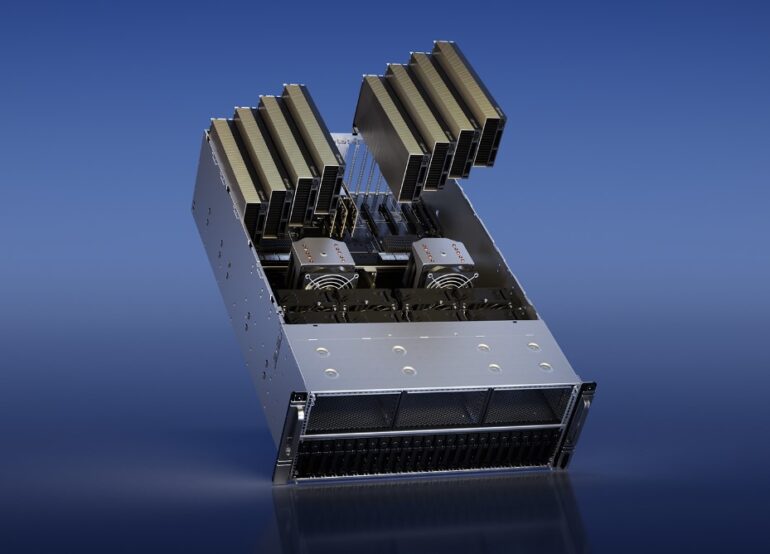
Big data applications are transforming industries by providing deep insights and enabling data-driven decision-making. To harness the power of big data, companies need robust computing resources. Dedicated GPU servers offer the computational power necessary for processing and analyzing large datasets efficiently.
This guide covers the key aspects of implementing big data applications on dedicated GPU servers, including their benefits, setup process, and practical use cases.
Why Use Dedicated GPU Servers for Big Data?
Enhanced Processing Power
GPUs (Graphics Processing Units) are designed to handle parallel processing tasks efficiently, making them ideal for big data applications. Unlike traditional CPUs, which have a few cores optimized for sequential processing, GPUs have thousands of smaller cores optimized for simultaneous tasks. This architecture allows GPUs to process large volumes of data much faster.
Scalability
Dedicated GPU servers offer high scalability. As data volumes grow, additional GPU resources can be added to meet increased computational demands. This scalability ensures that your big data applications can handle more complex analyses and larger datasets over time.
Cost-Effectiveness
While dedicated GPU servers might have a higher upfront cost compared to standard servers, they provide better value in the long run. Their superior processing power reduces the time needed for data analysis, leading to faster insights and decision-making. This efficiency can translate into cost savings in terms of both time and resources.
Customizability
With dedicated GPU servers, users have full control over the server environment. This control allows for the optimization of software and hardware configurations to meet specific application requirements. Customizability ensures that the server setup is tailored to maximize performance for your particular big data workloads.
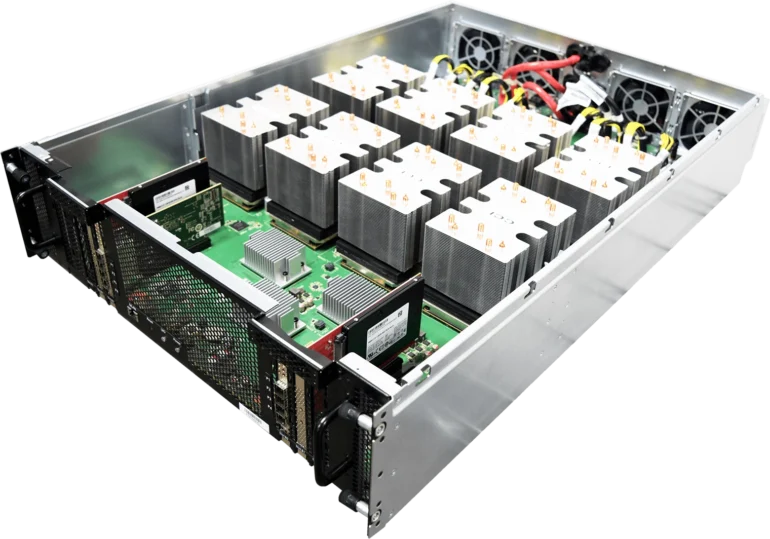
Setting Up Big Data Applications on Dedicated GPU Servers
Selecting the Right Hardware
When setting up dedicated GPU servers for big data, choosing the right hardware is crucial. Key considerations include:
- GPU Model ─ Select GPUs that are optimized for parallel processing and have sufficient memory for your data sets.
- CPU ─ Ensure the CPU complements the GPU, as a bottleneck in CPU performance can limit the GPU’s effectiveness.
- RAM ─ Adequate RAM is essential to support data processing and ensure smooth operation.
- Storage ─ Opt for fast storage solutions, such as SSDs, to improve data read/write speeds.
Software Configuration
Once the hardware is in place, the next step is to configure the software environment:
- Operating system ─ Choose an OS that supports GPU acceleration, such as Linux distributions (Ubuntu, CentOS).
- GPU Drivers ─ Install the latest GPU drivers to ensure compatibility and optimal performance.
- Big data frameworks ─ Set up big data frameworks like Apache Hadoop, Spark, or TensorFlow, which are compatible with GPU acceleration.
Data Management
Efficient data management is essential for big data applications. Consider the following strategies:
- Data storage solutions ─ Implement big storage VPS solutions to handle large volumes of data. These VPS solutions offer scalable storage that can be accessed quickly by GPU servers.
- Data cleaning and preprocessing ─ Clean and preprocess data to reduce noise and ensure high-quality inputs for analysis.
- Data partitioning ─ Partition large datasets to facilitate parallel processing and improve performance.
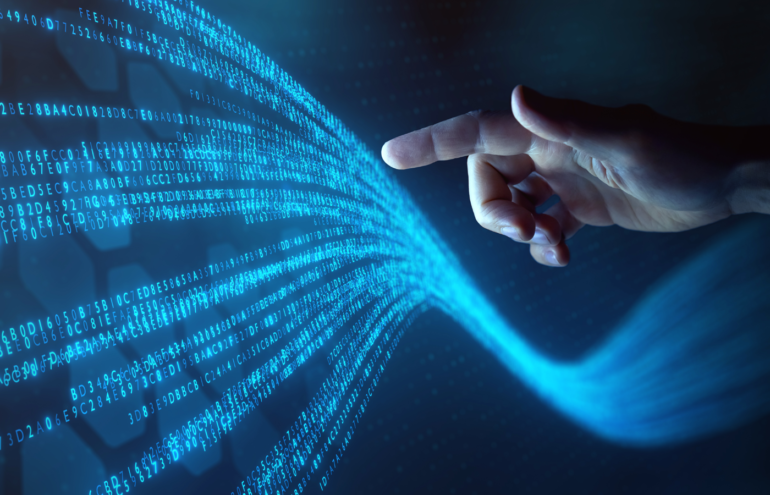
Practical Use Cases
Machine Learning and AI
Machine learning and AI applications benefit significantly from the parallel processing capabilities of GPUs. Tasks such as training deep learning models, which involve extensive matrix calculations, are accelerated with dedicated GPU servers. This acceleration leads to faster model training and iteration cycles, enabling quicker deployment of AI solutions.
Real-Time Analytics
For applications requiring real-time data processing, such as financial trading systems or IoT analytics, dedicated GPU servers provide the necessary computational power. GPUs can process and analyze streams of data in real time, allowing for immediate insights and actions.
Scientific Research
In fields like genomics, climate modeling, and physics simulations, large datasets are common. Dedicated GPU servers enable researchers to perform complex simulations and analyses more efficiently. This efficiency accelerates the pace of discovery and innovation.
Image and Video Processing
Applications involving image and video processing, such as autonomous driving, facial recognition, and video surveillance, demand significant computational resources. GPUs excel at processing the large volumes of data generated by these applications, providing faster and more accurate results.
Big Data Analytics
Traditional big data analytics applications, such as customer behavior analysis, market trend analysis, and business intelligence, also benefit from GPU acceleration. The ability to quickly analyze large datasets allows businesses to derive insights faster and make data-driven decisions more effectively.
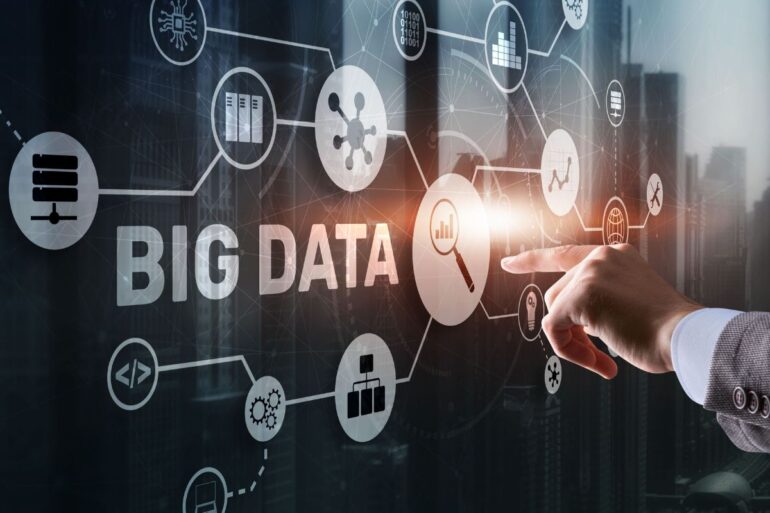
Challenges and Solutions
Data Transfer Bottlenecks
One challenge in implementing big data applications on dedicated GPU servers is the potential bottleneck in data transfer between storage and processing units. To mitigate this, use high-speed storage solutions like NVMe SSDs and optimize data transfer paths.
Software Compatibility
Not all big data software frameworks are optimized for GPU acceleration. Ensure that the frameworks and libraries you choose support GPU processing. Popular frameworks like TensorFlow, PyTorch, and Apache Spark have strong support for GPU acceleration.
Cost Management
While dedicated GPU servers offer powerful processing capabilities, they can be expensive. Implement cost management strategies, such as leveraging spot instances or using a hybrid cloud approach, to balance performance and cost.
Future Trends
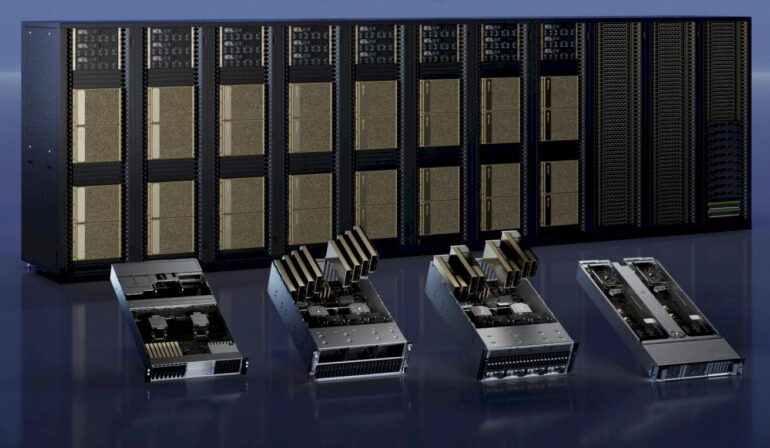
The integration of AI with big data applications on dedicated GPU servers is a growing trend. AI algorithms can automate data processing tasks, enhance predictive analytics, and uncover hidden patterns in data. As AI technology advances, its synergy with GPU-accelerated big data applications will continue to drive innovation across industries.
Final Thoughts
Implementing big data applications on dedicated GPU servers offers numerous benefits, from enhanced processing power and scalability to cost-effectiveness and customizability. By carefully selecting hardware, configuring software, and managing data effectively, businesses and researchers can harness the full potential of GPU acceleration for their big data projects.
Whether it’s machine learning, real-time analytics, scientific research, or image processing, dedicated GPU servers provide the computational backbone needed to tackle the most demanding data challenges.
